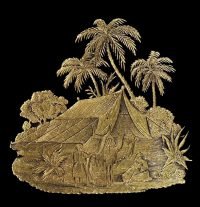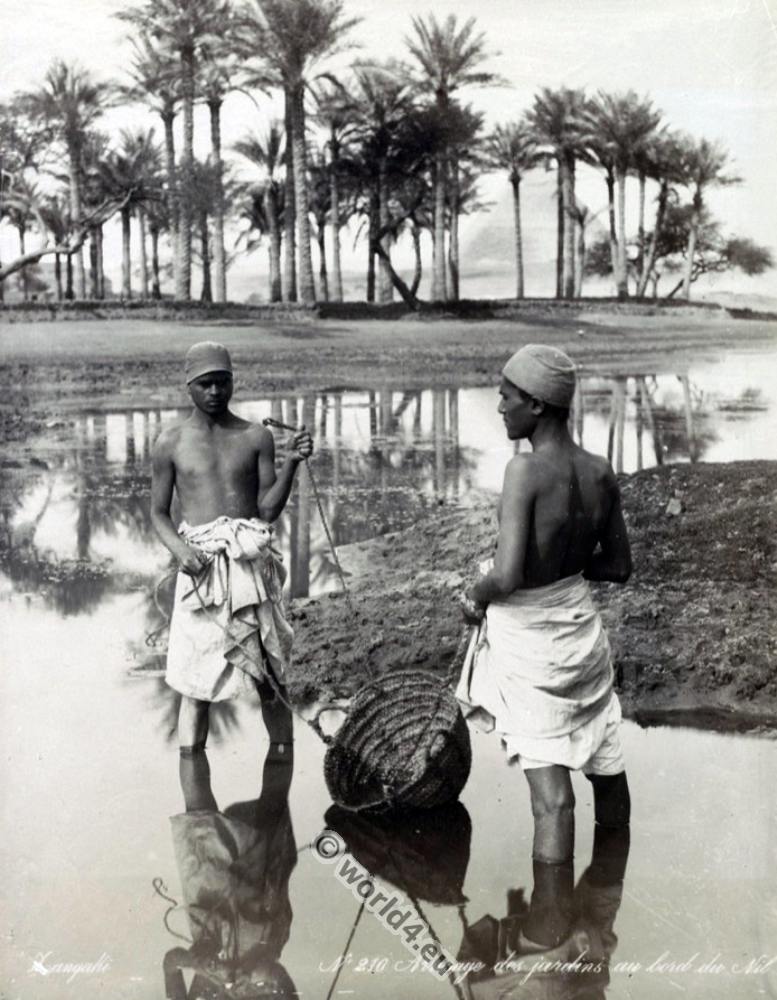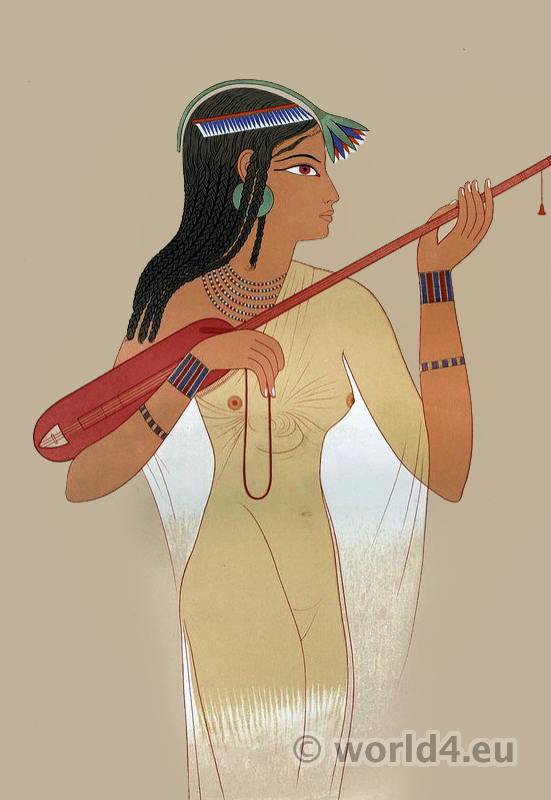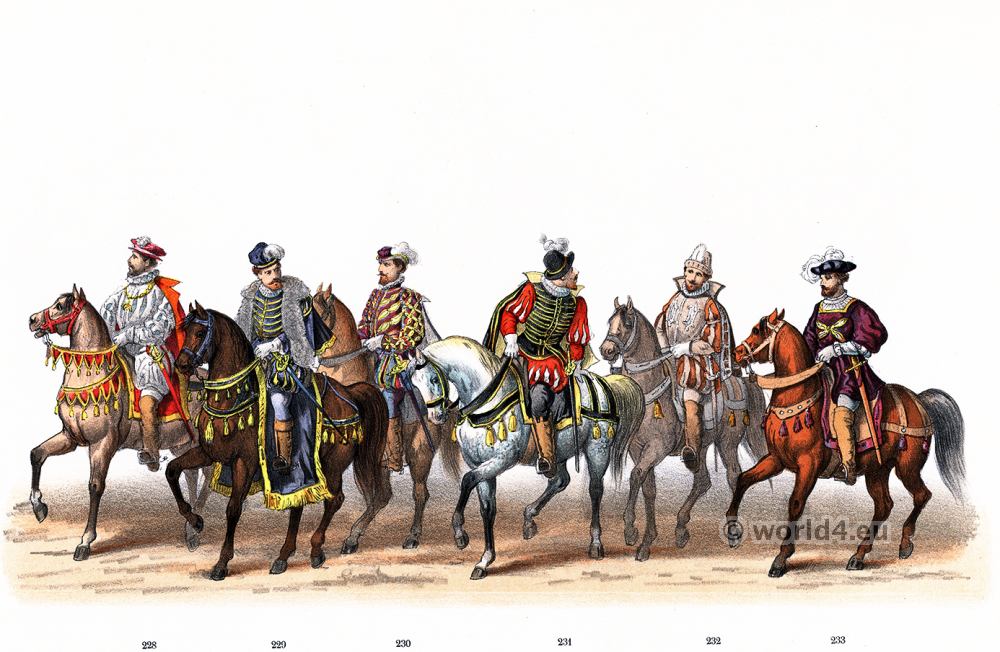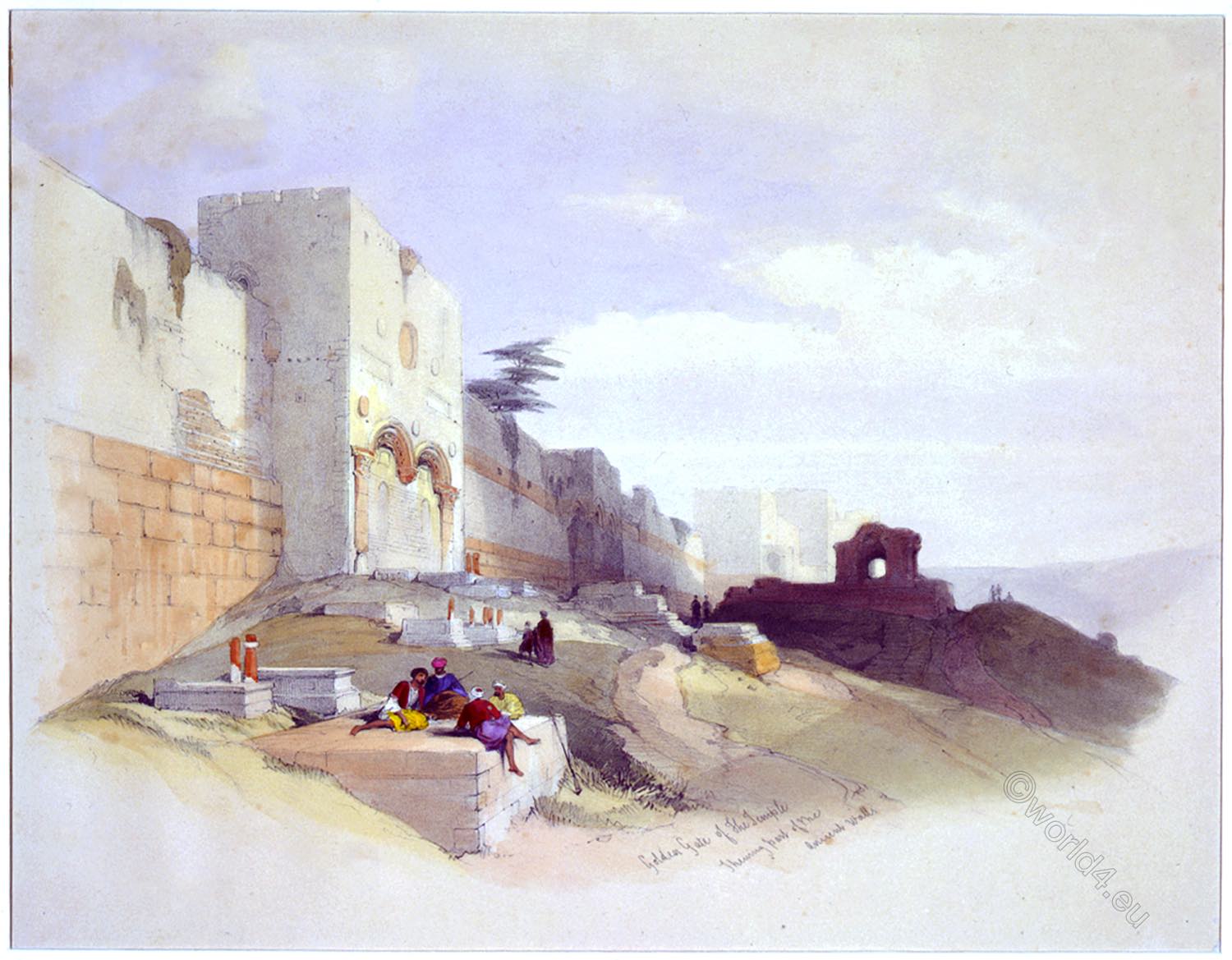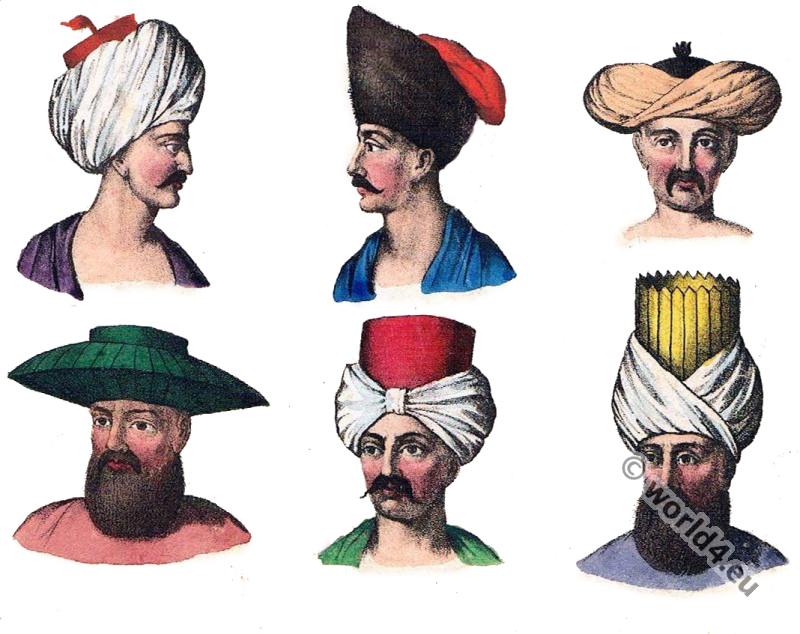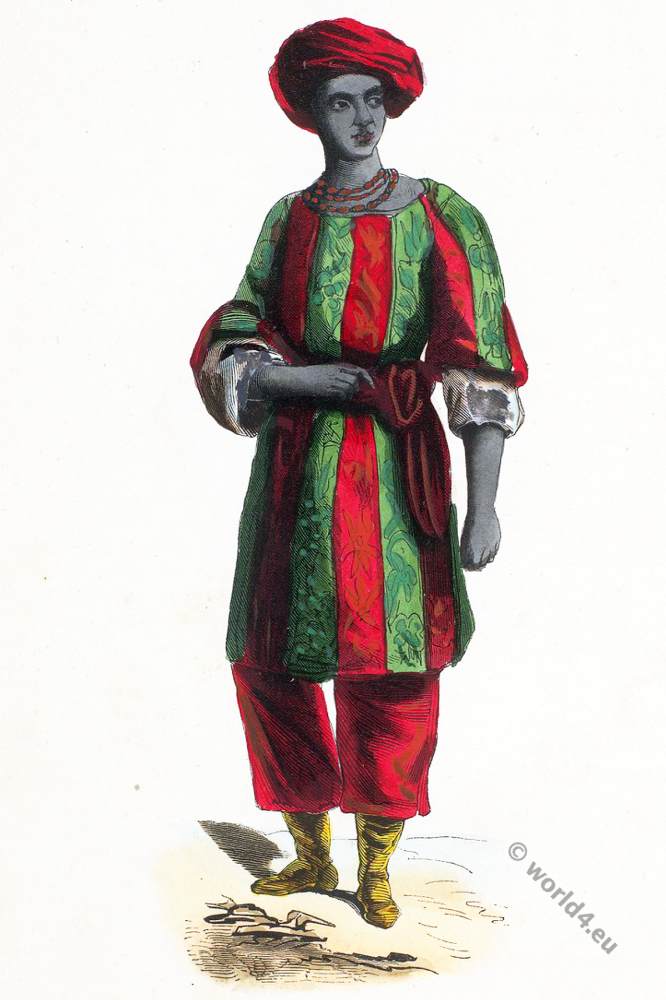Costume history of the ancient kingdom of Egypt
EGYPIAN OLD KINGDOM
2700 B.C. – 2200 B.C.
The Old Kingdom is the age of the great pyramids that were built in the area around the then capital Memphis: first the step pyramid of Pharaoh Djoser in Sakkara, later the three monumental pyramids on the plateau of Giza (by Cheops, Chephren and Mykerinos), which are among the seven wonders of the ancient world.
PLATE 2
Classical period
The Old Kingdom lasted from approximately 2700 to 2200 BC and is the oldest of the three classical periods of Ancient Egypt. The Ancient Egyptians themselves regarded the era as the Golden Age and the pinnacle of their culture.
The period was characterised by extremely long-lasting political stability and the internal order of the country was not endangered by any external threats.
Difference between the periods
The basis for a study of the costume of western civilisation begins with ancient Egypt. It is a rather surprising beginning, considering the tremendous difference between the figures on Plate 2 and those on Plate 1. Of course, we must remember that thousands of years have elapsed between them, and that those years are dark ones, With practically no records available, and with the exception of the Cretan period, almost nothing on which to base even a guess.
However, the dress of the Egyptians is studied in the comparatively brilliant light of excellent relics and Well developed hieroglyphics. The costumes of the Egyptians, shown on plates 2, 3, and 4 are not guessed at, but are copies of those found crumbling in their tombs, pictured on their statues and murals, and described in their ancient writings.
Figures of Pharao and Pharaohess (‘consort of the supreme king’)
The figures in the picture are undoubtedly of a Pharaoh and his queen. This is indicated by their headdress and by the religious and regal symbols carried in their hands.
The clothing of the Pharaohess
The Pharaohess wears the vulture crown, symbol of Maate, the goddess of truth. This headdress could be either of precious metal or of highly decorated leather. The heavy black hair that tumbles from, beneath is probably false. Her shoulders are covered by a brightly figured leather collar and a light transparent cape of extremely fine linen.
Both these garments are typical of Egyptian dress and recur on Plates 3 and 4. Showing through the flimsy cape may be seen the shoulder straps that support the skirt.
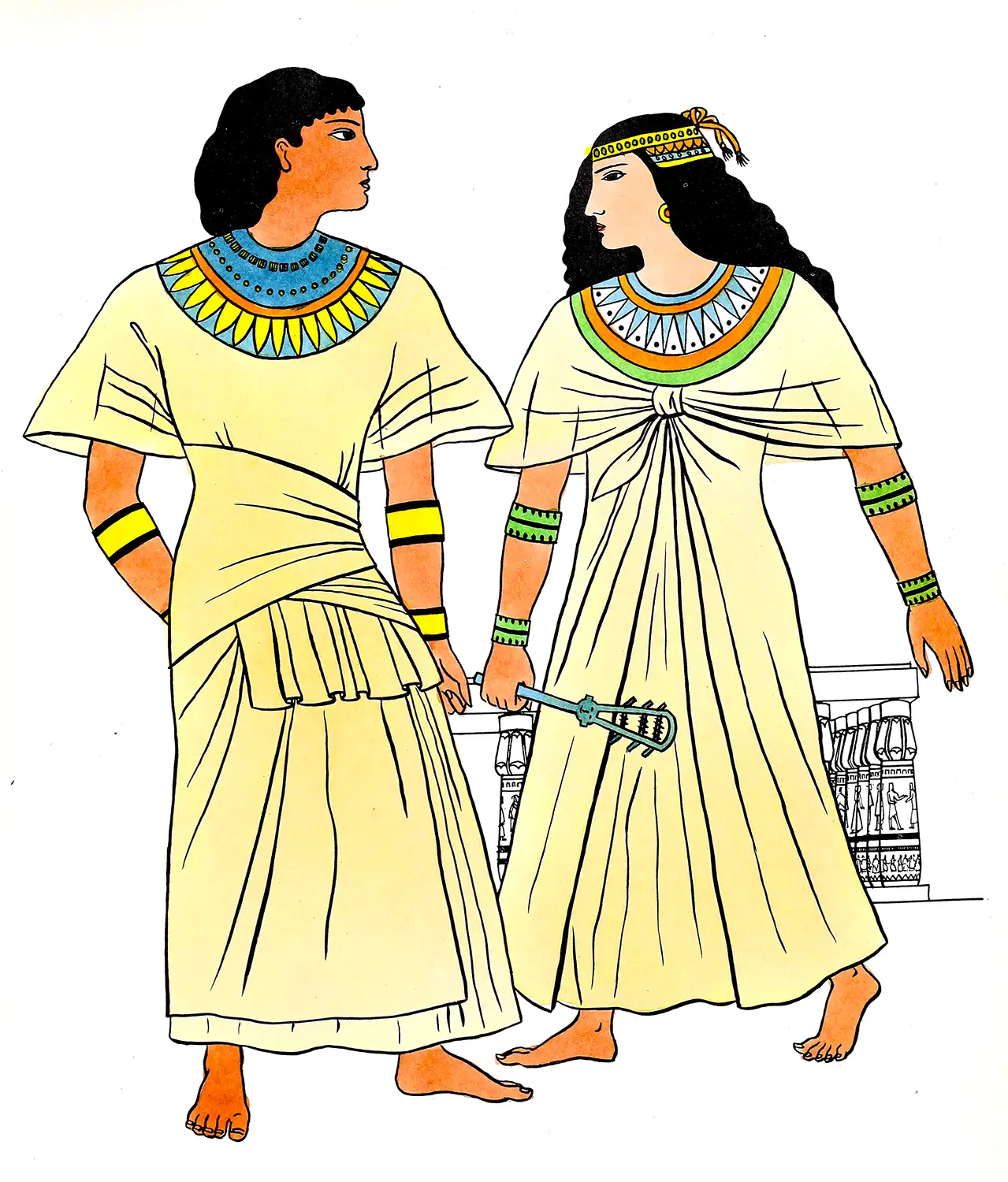
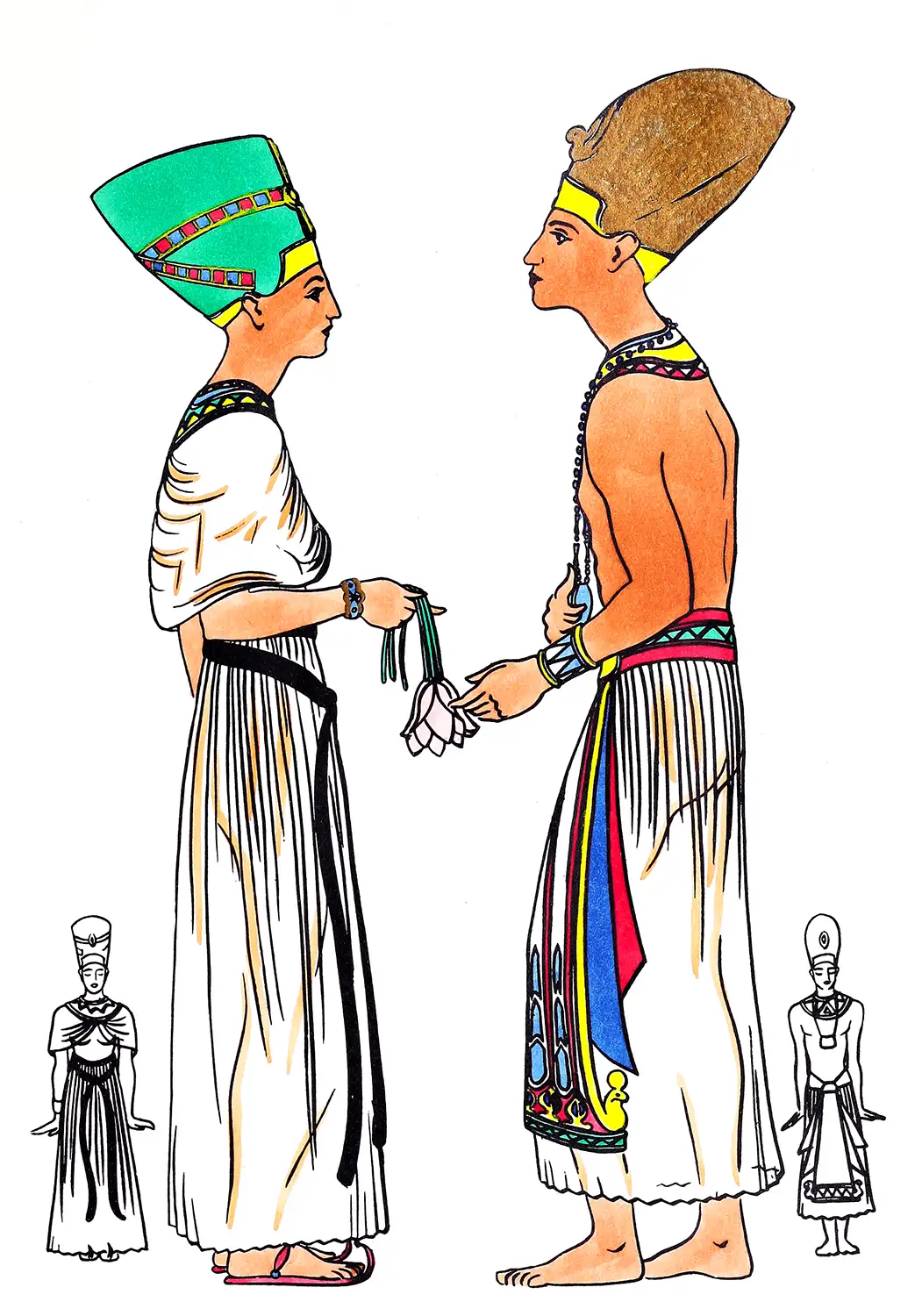
Articles:
- PLATE NO. 3 Egyptian Middle Kingdom. 2040 to 1782 BC.
- PLATE NO. 4 Egyptian New Kingdom from approximately 1550 to 1070 BC
At first one might assume that a peacock feather shawl is wrapped about the figure, but such is not likely. It is more probably a decoration printed on the linen. Most examples of this skirt are much looser than this one and hang somewhat longer.
The sandals shown are not unusual, although as we can see from looking at the other figures, footgear was not a necessity in Egypt, and even the Pharaoh could appear barefooted. Anklets and bracelets, however, seemed indispensable.
The clothing of the Pharaoh
The crown of the pharaoh
The Pharaoh’s headdress is probably the first item that catches our attention. It is almost interesting crown because it symbolises the uniting of the upper and lower kingdoms of ancient Egypt, as the colors on the picture snow. From behind his ear comes a cord that holds on his artificial beard. This, doubtless, also has a symbolic significance.
Pharaoh’s clothing
His jacket is most interesting, and is probably solid across the back. The front is composed of two long tapering straps that cross over his breast. The wrapped effect is obtained by drawing the ends about the body. The lower portion of his body is covered by a skirt and girdle.
The skirt is simple and is drawn up in the center front to give the draped effect. The finely ornamented belt of brightly enamelled leather can also be seen on Plate 4. Very ornate effects were attained with this characteristic accessory.
Source: Museum Extension Project. History of Costume.
NOTE:
A dark or light skin colour is not a race-specific characteristic, but depends on the habitat in which the people concerned live. If the proportion of UV radiation in sunlight is particularly high, the dark skin colour dominates in humans, regardless of race, because a high proportion of melanin in the skin protects against the damaging effects of UV radiation.
Comparable observations also apply to the coat colour of mammals. The greater the UV radiation in a biotope, the more intense the pigmentation in the fur of mammals (Gloger’s rule).
Humans are no exception here, and indigenous people with a dark skin colour therefore live in all tropical regions of the world. It is not only members of the Negrid race who have a black skin colour, but also the aborigines of Australia and New Guinea, who are genetically completely independent of them, or the aborigines of the South Seas (Melanesia) and South Asia.
The inhabitants of Madagascar have a skin colour like the Negrids in Africa, but the vast majority of them are not Negrids. Madagascar was probably first colonised around 800 AD from what is now Indonesia, as no black African culture had ships capable of sailing on the high seas.
The Negritos in the Indies look like small black African Negrids, yet they have no genetic relationship with the Negrids of Africa, but are seen as relics of ancient races. Source: Thieme Connect
Continuing
Discover more from World4 Costume Culture History
Subscribe to get the latest posts sent to your email.


